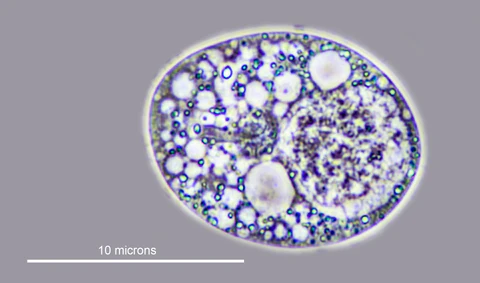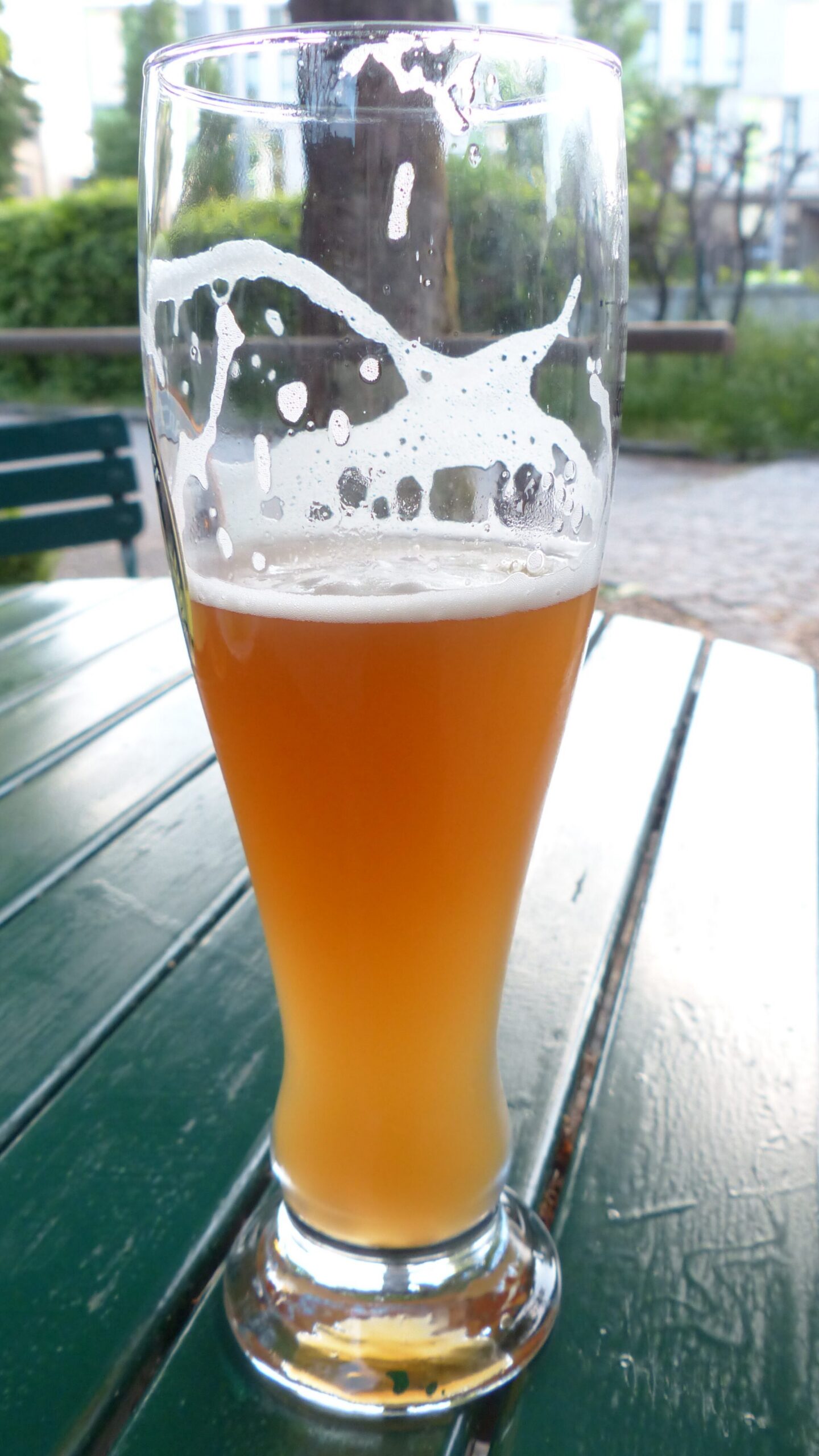When people think of beer, the first ingredients that come to mind are usually malt, hops, and water. But the true key player that transforms these raw materials into beer is often overlooked — yeast. This invisible “brewing craftsman” not only produces alcohol but also shapes the unique aroma and character of beer.

What Is Yeast?
Yeast is a single-celled fungus that converts sugars into alcohol and carbon dioxide through fermentation. During this process, it also creates byproducts such as esters and phenols, which give beer fruity, floral, or spicy notes. In fact, more than half of a beer’s “personality” comes from the yeast strain chosen and how it performs during fermentation.
The Two Classic Beer Yeast Families
The yeasts most commonly used in brewing can be divided into two major categories:
- Ale Yeast (Top-Fermenting Yeast): Saccharomyces cerevisiae thrives in warmer conditions (15–25 °C / 59–77 °F). It ferments quickly and often produces fruity and complex flavors, making it ideal for IPAs, wheat beers, porters, and more.
- Lager Yeast (Bottom-Fermenting Yeast): Saccharomyces pastorianus prefers cooler temperatures (7–15 °C / 45–59 °F) and works more slowly. The result is clean, crisp beers — the backbone of the global lager category.
It’s safe to say that most of the world’s beer relies on one of these two yeast types.
The “Wild Side” of Yeast
Beyond traditional strains, craft brewers love experimenting with wild yeast. For example, Brettanomyces (often called “Brett”) is common in Belgian-style beers and sours, producing flavors that range from “barnyard” and “leathery” to bright tropical fruit. While wild yeast can be harder to control, its unpredictability brings the kind of depth and surprise that many beer lovers find irresistible.
Why Yeast Management Matters
In brewing, keeping yeast healthy is critical. Brewers must carefully manage fermentation temperature, oxygen supply, and nutrient availability. Poor yeast management can lead to off-flavors or incomplete fermentation, while good practices ensure consistency and allow the yeast’s full flavor potential to shine.

End
There’s a saying: “Malt gives beer its body, hops give it character, and yeast gives it a soul.” From crisp lagers to bold stouts, from classic Belgian ales to funky sours, yeast is always at the heart of it all. To understand yeast is to hold the key to understanding the world of beer.
Leave a Reply
You must be logged in to post a comment.